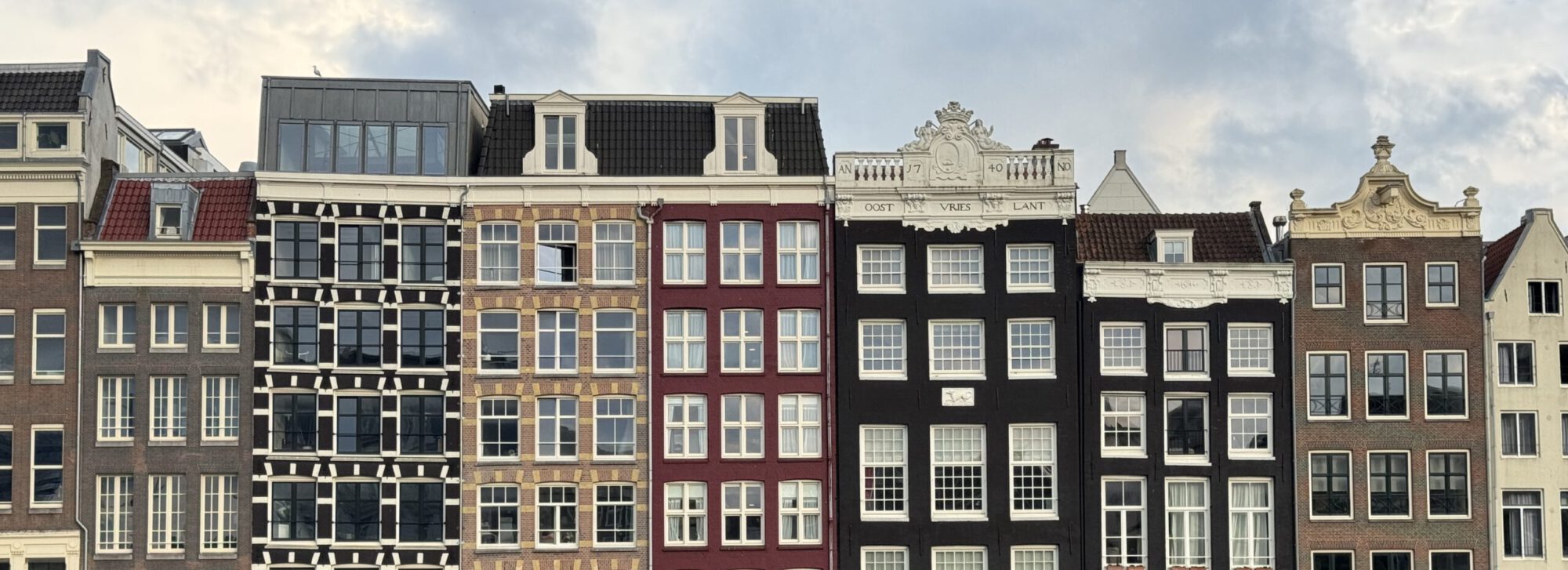Dutch quiz 100: Een ____ sjabloon maakt het ontwerpen eenvoudiger.
Click here to see the answer.
A handy template makes designing easier.
The word "sjabloon" can be either a "de" word or a "het" word. An adjective is generally inflected when it precedes a "de" word. It doesn't matter whether it is preceded by the definite article "de," the indefinite article "een," or another word; even without an article, the adjective is inflected.
For example:
- De grote hond (the big dog)
- Een oude fiets (an old bike)
- Deze blauwe jas (this blue coat)
- Koude soep (cold soup)
The adjective "handig" (handy) is indeed inflected when it precedes a "de" word, such as "sjabloon." Here are some more examples to clarify this:
- De handige sjablonen: "Handige" is inflected because it precedes the "de" word "sjablonen."
- Een handige sjabloon: Here, "handige" is also inflected, although "sjabloon" can be both a "de" word and a "het" word, depending on the context.
- Deze handige tools: "Handige" is inflected because it precedes the "de" word "tools."
- Een handige oplossing: Here, "handige" is inflected before the indefinite article "een."
The inflection of adjectives in Dutch indeed depends on the gender and number of the noun they accompany, regardless of the article or the lack thereof.
